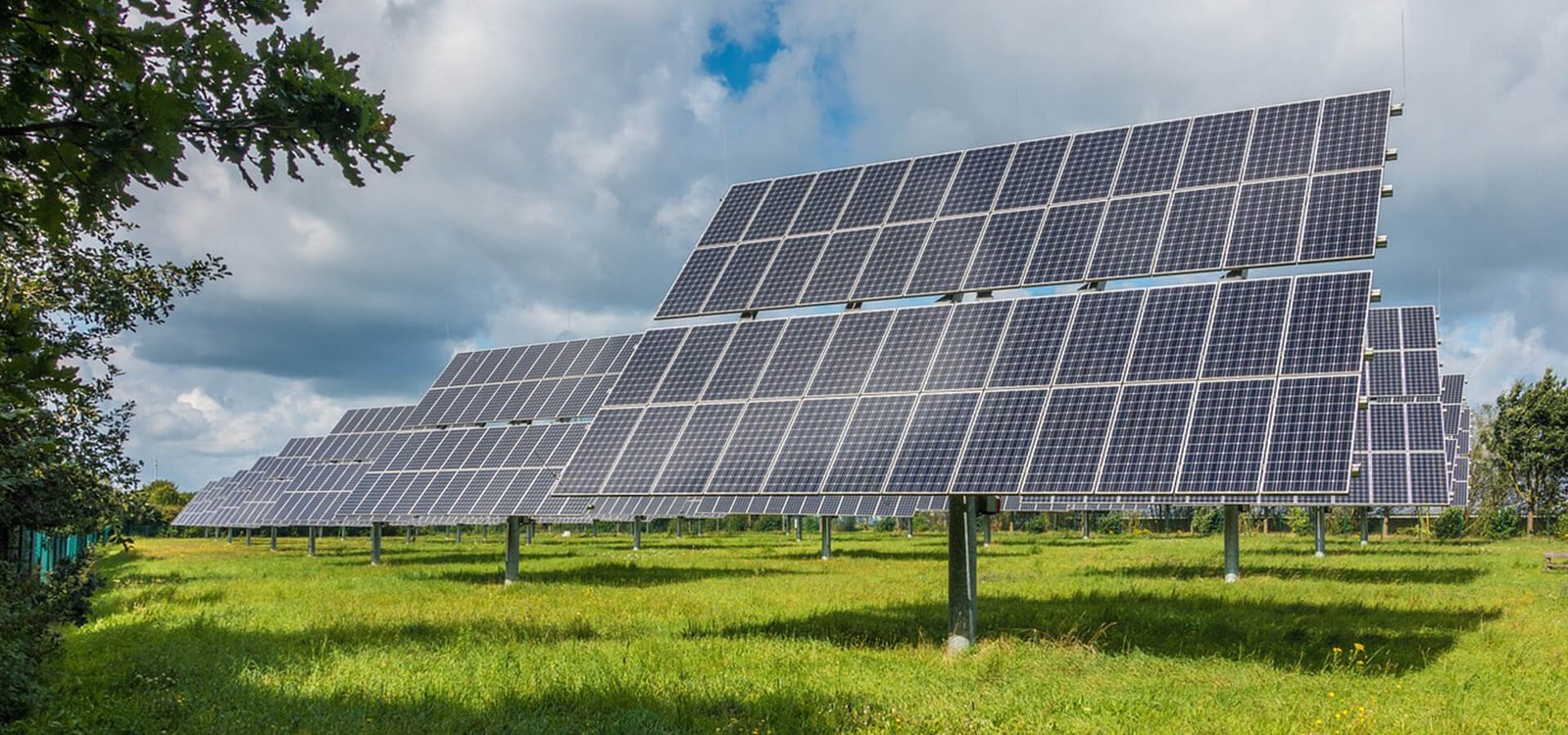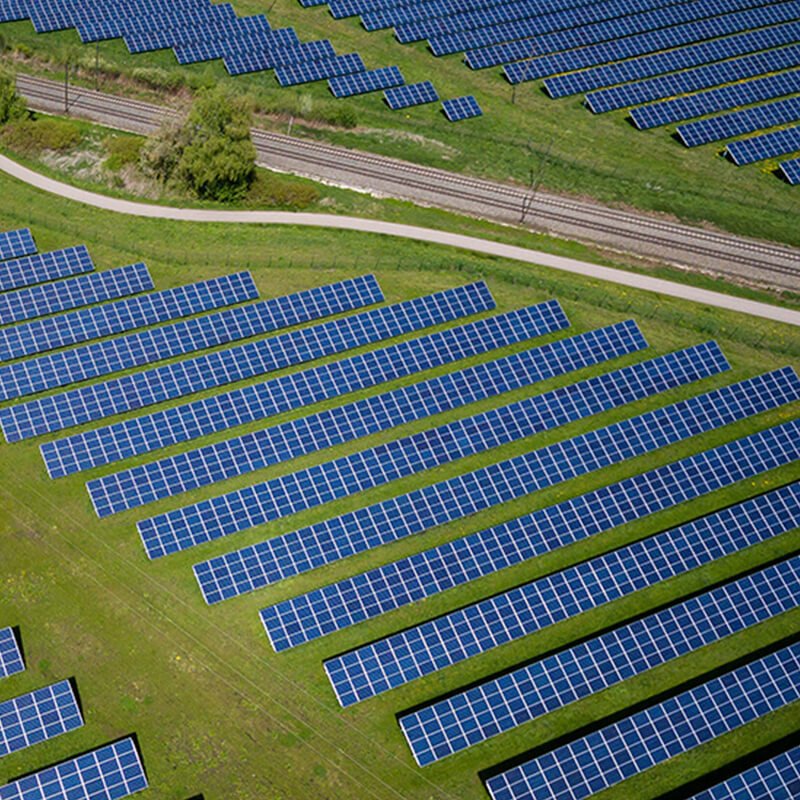GROUND SOLAR SYSTEM

Understanding Ground Solar System Installation
A ground solar system refers to photovoltaic solar panels installed directly on the ground rather than rooftops. This setup offers unmatched flexibility in terms of orientation and placement, allowing panels to be perfectly angled for maximum sunlight exposure. For homeowners, businesses, and institutions in Nagpur with ample land space, a ground-mounted system is a smart and efficient way to harness solar energy.
Switching to a ground solar system is a powerful step toward sustainability, offering high energy yields and long-term environmental and financial benefits.
Benefits of Ground Solar System Installation in Nagpur
- Optimal Energy Production: With the ability to position panels at the perfect angle and orientation, ground-mounted systems can maximize solar energy capture, especially beneficial in Nagpur’s sunny climate.
- Scalability: Ground installations offer the flexibility to expand the system as energy needs grow, accommodating both residential and commercial requirements.
- Ease of Maintenance: Ground-level access simplifies cleaning and maintenance tasks, ensuring the system operates at peak efficiency with minimal effort.
- Preservation of Roof Integrity: By installing panels on the ground, there’s no impact on the structural integrity of your building’s roof, prolonging its lifespan.

Types of Panels for Ground Solar System Installations
Choosing the right panel type for your ground solar system is essential for optimizing performance and efficiency. Here’s an overview of the most suitable panel types:
- Monocrystalline Solar Panels (Mono-Si)
Best for: High efficiency and limited land areas
- Efficiency: 18–22%
- Ideal for maximizing energy in smaller installations
- Long lifespan (25–30 years)
- Slightly higher cost, but great ROI in the long run
- Polycrystalline Solar Panels (Poly-Si)
Best for: Budget-friendly large-scale systems
- Efficiency: 15–18%
- Lower cost and widely used in large ground solar systems
- Moderate performance in high temperatures
- Excellent durability
- Thin-Film Solar Panels
Best for: Large, open ground installations
- Efficiency: 10–12%
- Lightweight and flexible
- Performs better in hot and cloudy weather
- Low degradation over time
- Bifacial Solar Panels
Best for: Boosting output with ground reflection
- Absorbs sunlight from both front and back sides
- Increases energy production by 10–20%
- Performs well in open land installations with reflective ground surfaces
- Available in mono and poly variants
- PERC Solar Panels (Passivated Emitter and Rear Cell)
Best for: Advanced efficiency on limited land
- Higher output with enhanced light absorption
- Increases efficiency by 1–2% over standard mono panels
- Ideal for installations where space and output need to be optimized
Choosing the Right Panels for Your Ground Solar System
To select the best panel type for your ground solar system, consider:
- Land availability – Use monocrystalline or bifacial panels for space-limited areas; poly or thin-film for large open fields.
- Budget – Polycrystalline panels offer solid efficiency at a lower cost, while mono and bifacial require more investment but deliver higher returns.
- Environmental factors – Thin-film and bifacial panels perform better in hot climates and low-light conditions—perfect for regions like Nagpur.
Ground Solar System Installation in Nagpur with Lumen Solar
Lumen Solar provides reliable and customized ground solar system solutions across Nagpur and surrounding areas. From initial consultation to system design, installation, and maintenance, we ensure maximum efficiency and customer satisfaction.
Whether you’re powering a home, commercial space, or an industrial facility, a ground solar system gives you the freedom to scale energy production, reduce costs, and go green.
GO GREEN ,GO SOLAR
Complete the form below
FAQ
You Can Find All Answers Here
- Grounding solar panels serves to divert possible fault currents that may be generated in the system, such as lightning strikes or insulation faults, to earth. This protects both people and connected electrical equipment.
- Ground-mounted bifacial solar panels generate power from diffused or reflected sunlight on the back and direct sunlight on the front. They cost more to install than monofacial panels because they're heavier and less flexible, but do generate up to 30% more electricity than single-sided solar panels
While ground-mounted systems may have higher initial costs due to mounting structures and land preparation, they often offer better energy production and easier maintenance, leading to long-term savings.
- Yes, both central and state governments offer various subsidies and incentives to promote solar energy adoption. It's advisable to consult with local providers for the most current information.
- The timeline varies based on system size and site specifics but generally ranges from a few days to a couple of weeks from assessment to commissioning.





